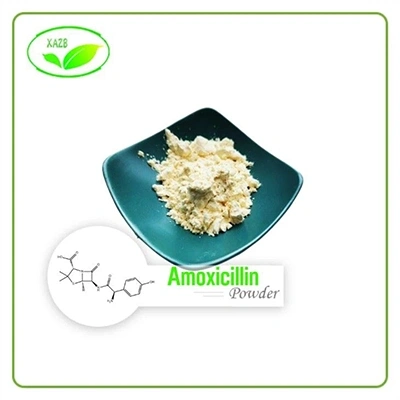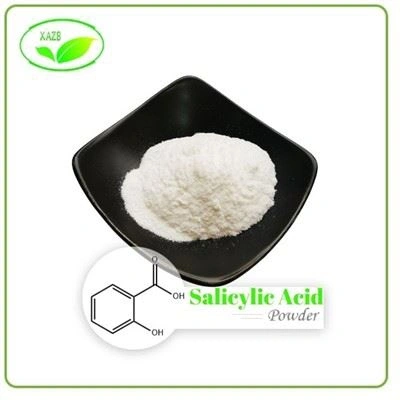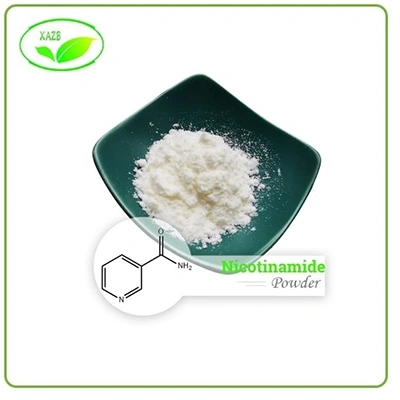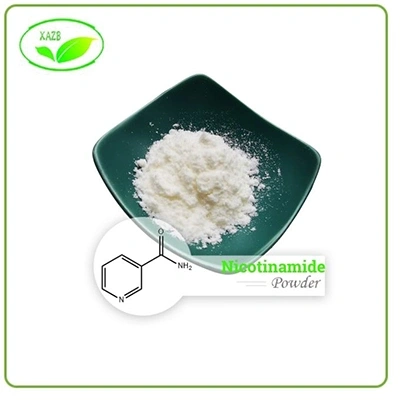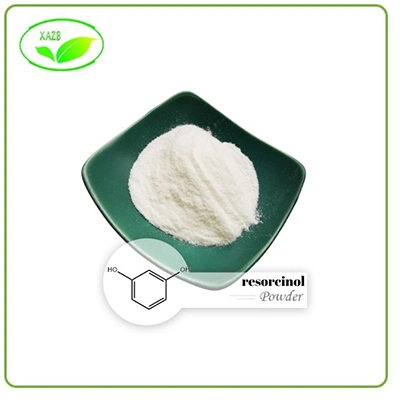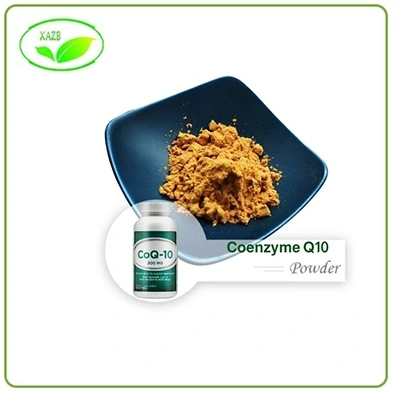Salicylic Acid:Naturaly Occurring Organic Acid
2024-05-08
1. What is Salicylic acid ?
Salicylic acid is a white crystal with chemical formula of C7H6O3, which is an organic acid. Its name comes from Salicin, which is contained in the bark of willow trees. Historically, it was extracted from the bark of willow trees. Salicylic acid has a wide range of applications and can be used in fields such as skincare, medicine, and chemical industry.
Compared to other chemical components, salicylic acid has mild compositional properties and has extensive applications in the field of beauty and body building. Salicylic acid is often used as an important ingredient in facial cosmetics and drugs, and its compositional properties enable it to be widely absorbed to provide beneficial skincare and health functions.

2. Salicylic acid benefits
In the field of cosmetics, the specifications of salicylic acid vary depending on market demand, and are generally divided into fine powders and crystals. Salicylic acid in the form of fine powder is used in many skin care and cosmetics products, while products in the form of crystal are more often used in facial mask, toner and other products when there is viscous liquid in the skin.
Salicylic acid is mainly used as a skin care ingredient in the field of skincare. It can improve and alleviate skin conditions through chemical skin grinding, chemical skin peeling, acne and other issues. Due to its ability to penetrate into pores and be easily absorbed, it can deeply clean the skin, reduce bacteria and lipid groups in skin pores, and prevent the formation of blackheads and acne.
In addition, salicylic acid can also shrink pores, which can make the skin look smoother. It also helps reduce inflammation and redness, making it very useful in combating acne and other skin inflammations. In the fields of wrinkle resistance and whitening, salicylic acid can also help stimulate the growth of skin cells, thereby accelerating the rate of skin cell replacement, achieving the effect of reducing skin fine lines and softening the skin.
Salicylic acid can be widely used in beauty, skincare, medicine and other fields, with the most commonly used being in the skincare field. The use of salicylic acid can help solve various skin problems and help people achieve a healthier, younger, and more beautiful appearance.

3. Application
(1). Used as a standard, fluorescent indicator, and complexing indicator for alkalimetry and iodimetry titration.
(2). Used as an anti coking agent and in the production of ultraviolet absorbers and foaming agents in the rubber industry.
(3). Used as indicator, masking agent, color developing agent and preservative for titanium, zirconium and tungsten plasma.
(4). As an additive in some weakly acidic electrolytes, it can also be used as a complexing agent for electroplating or chemical plating.
(5). Used as a preservative in cosmetics, mainly for water based cosmetics such as toilet water, prickly heat water, and quinine shampoo. In addition to its anti-corrosion and bactericidal effects, it also has functions such as dispelling sweat and odor, relieving itching and swelling, and relieving pain and inflammation.
(6). Used as a raw material in the pharmaceutical industry, for the preparation of drugs such as aspirin, sodium salicylate, salicylamide, analgesic, phenyl salicylate, and Schistosoma-67. The dye industry is used to prepare mordant dyed pure yellow, direct brown 3GN, acidic chrome yellow, etc. It is also used as a rubber vulcanization retarder and disinfectant preservative.
(7). It can be used as a promoter for epoxy resin curing, as a preservative, or to prepare synthetic fragrances such as methyl salicylate and ethyl salicylate. It can also be used as a raw material for the preparation of direct dyes and acidic dyes in the dye industry, and as a rubber anti coking agent, disinfectant, etc.
(8). A small amount is used to prepare animal essence and other daily essence, and a small amount is used in food as a preservative.

